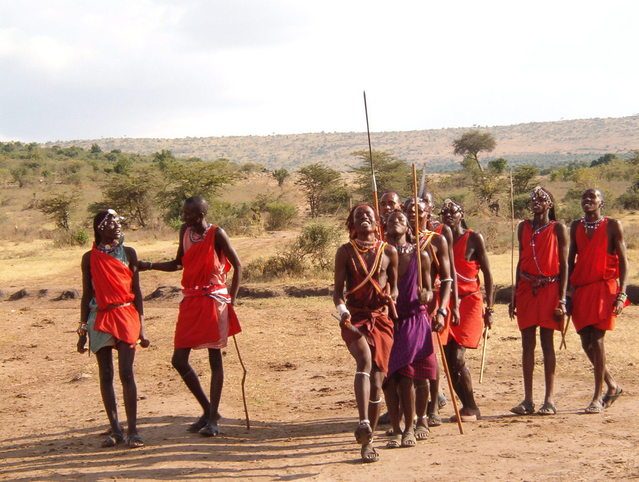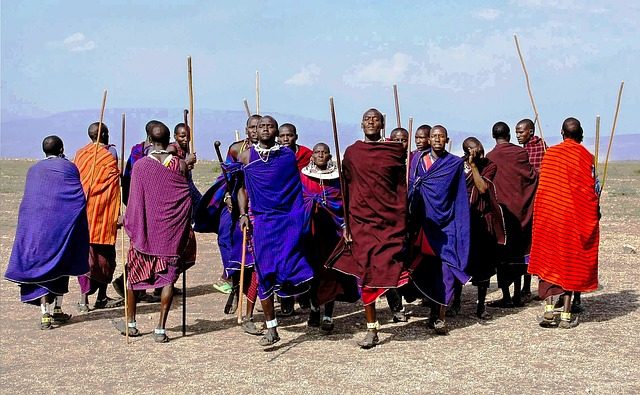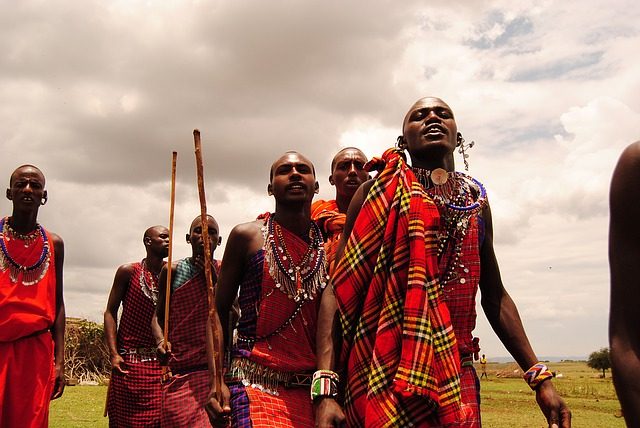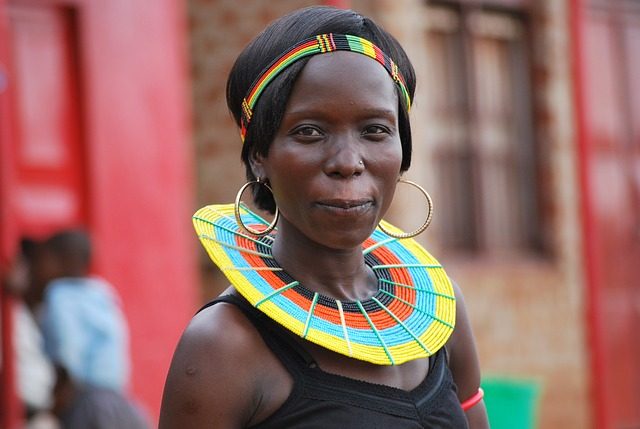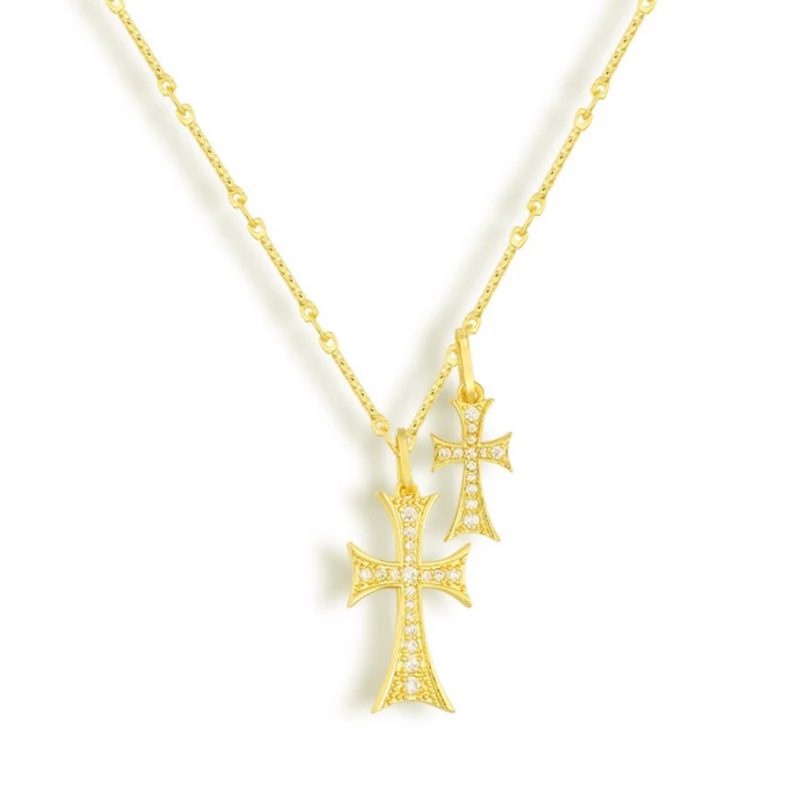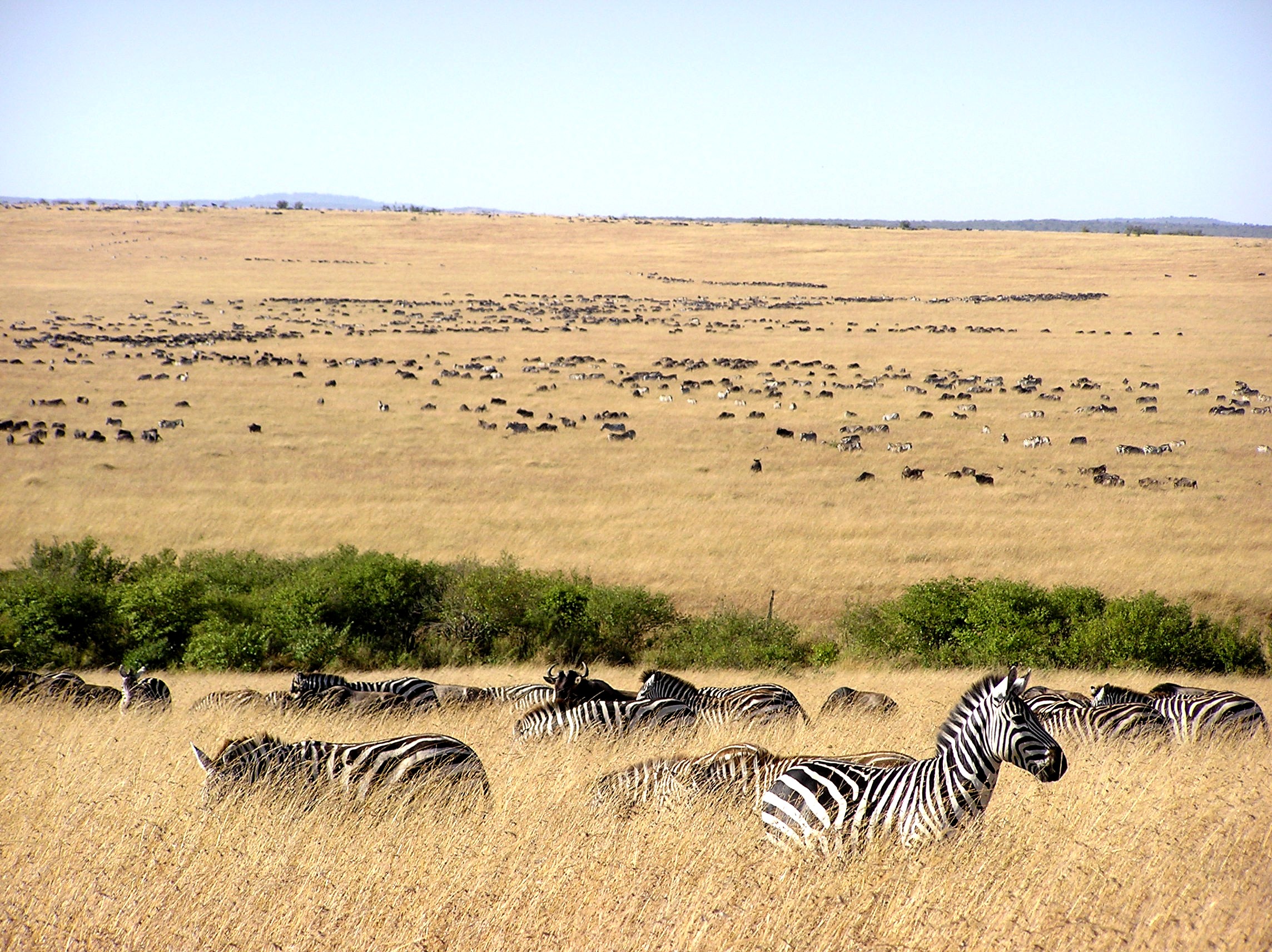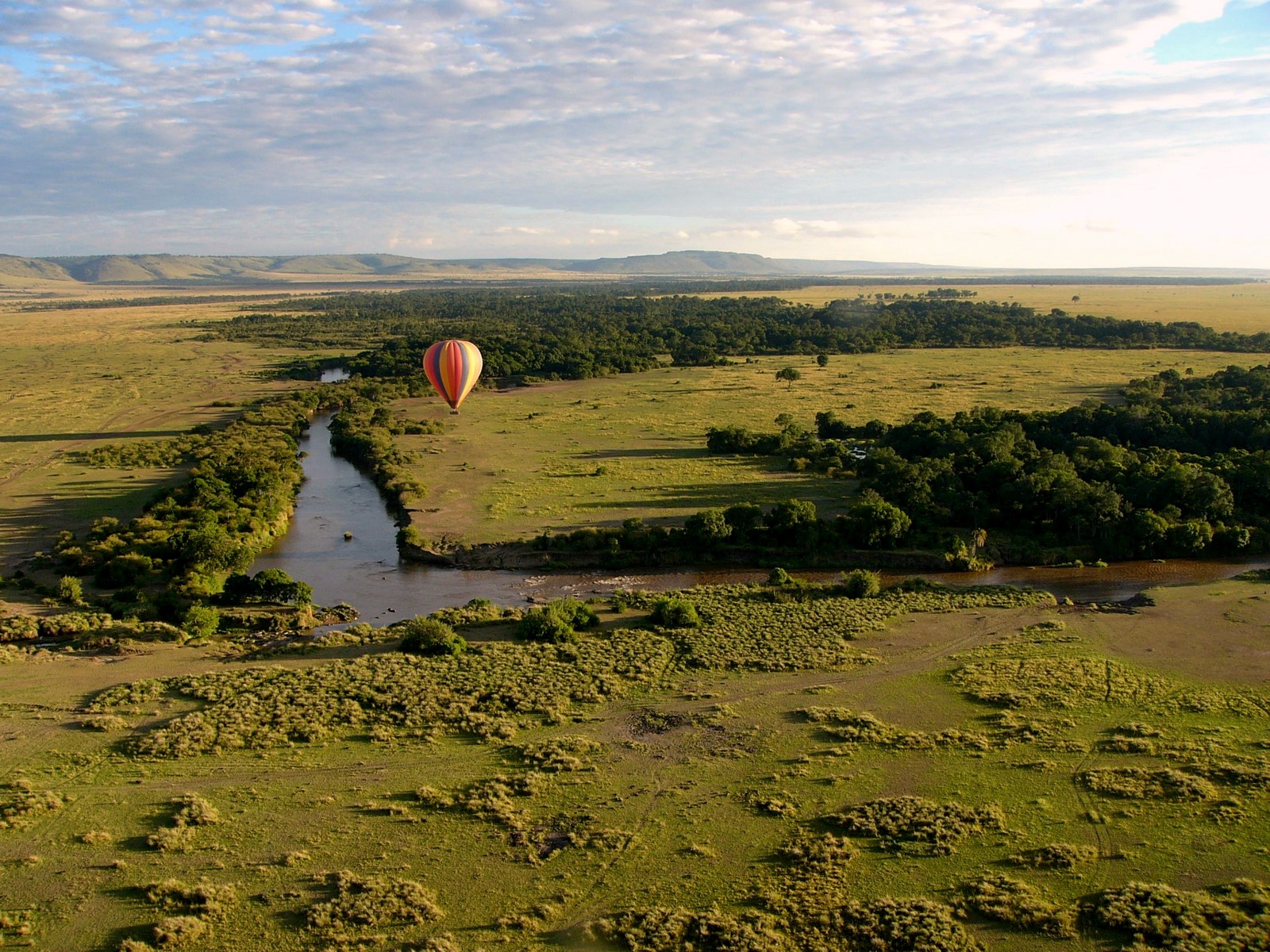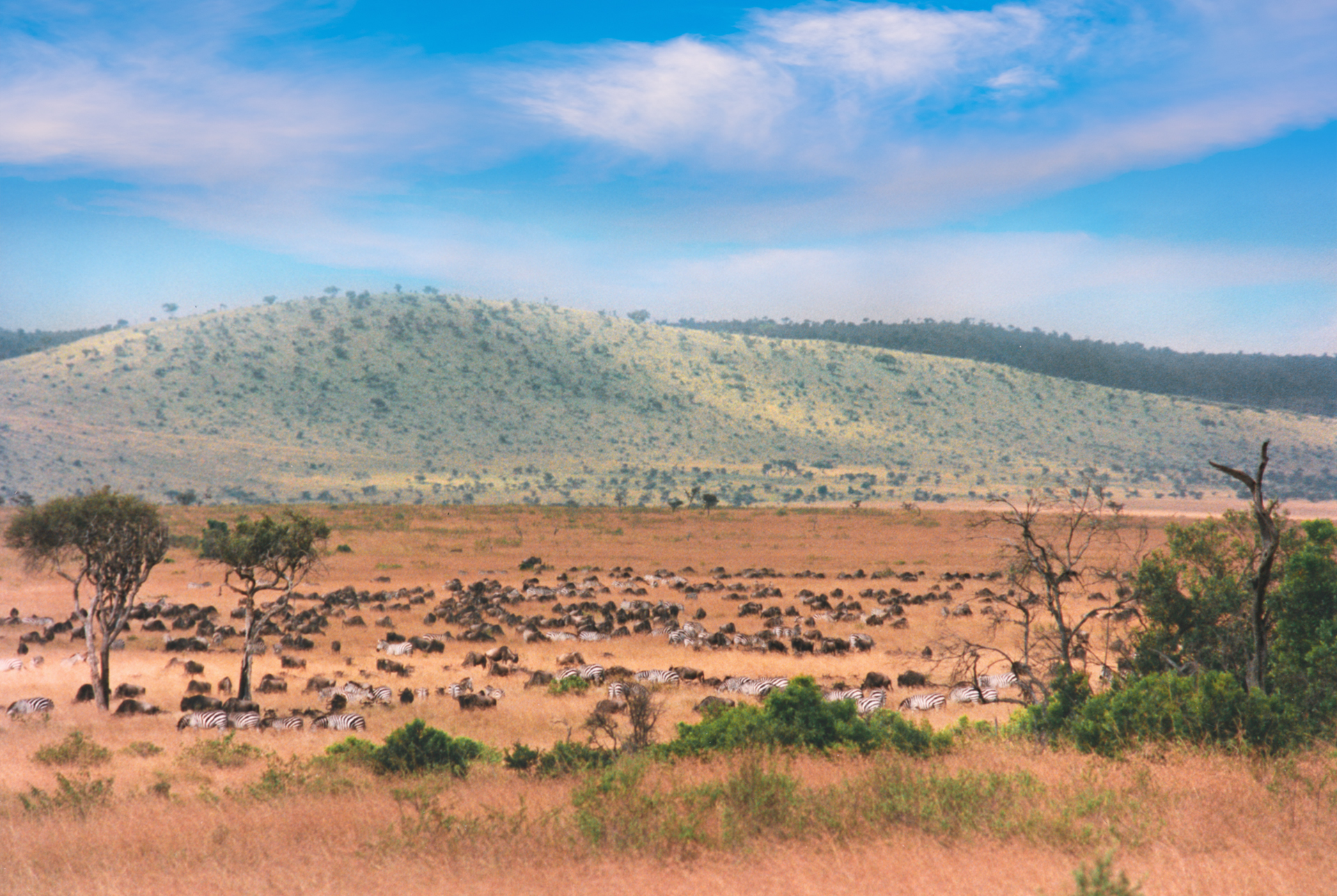Maasai Ceremonial Rituals That Still Survives
Maasai ceremonial rituals that still survives! Maasai traditions and rituals which are an essential part of their lifestyle and culture have survived in part through oral genealogies. Age-sets identify men for the rest of their lives. On the other hand, Maasai culture recognizes women by the age-sets of their husbands. Some ceremonies are for both women and men. Others are solely for the males. Female ceremonial rituals focus more on their marriage and circumcision. Each ritual transition between age groups and age-sets is metaphorically a step toward God and old age. Predominantly, the rites of passage are the most famous Maasai festivals. Both males and females are supposed to undergo circumcision.
Coming of age
The first coming of age initiation of a young boy is Enkipaata between twelve to sixteen years of age and is a pre-circumcision ceremony. It is the transition into the next age-set and the fathers prepare and organise it. A delegation of youth travel throughout their land portion for about four months, escorted by the elders. During this time, they announce the formation of the new age-set. The boys choose a chief who takes on the sins of the group. Because of this responsibility, it is not a position they desire much. A Maasai prophet selects a group of thirty to forty houses, and the initiation takes place there.
Transition to warriorhood
On the eve of the ceremony, boys sleep outside in the forest. When morning breaks, they run to their homestead with an aggressive new attitude and put on an act as if they have come to raid the village. On the day of the ceremony, boys dress in very loose clothing and dance and celebrate throughout the day. As the day closes, they take charge of warriorhood, and that completes the transition. After this, they are ready for the circumcision. A male Maasai rarely denies circumcision, as he has to prove himself to the community that he has passed from childhood to adulthood to become a warrior. To a Maasai boy, circumcision means the end of the lowly societal status and the beginning of the much-coveted warriorhood and subsequent marriage life. Therefore, he looks forward to this initiation rite.
Circumcision of females
Traditionally, a Maasai girl undergoes circumcision around the age of fifteen. Until then she has the freedom to enjoy sexual relations but only with junior warriors. However, she is not allowed to become pregnant. After the circumcision, she is considered to be an adult and is immediately married to a much older man. Then she becomes the same age-set of her husband. Women maintain close social and sexual ties with their former boyfriends.
Tradition is banned
In recent times circumcision of females are starting to slowly decline as many of them are opting out of it. Furthermore, female circumcision of Maasai girls has generated much controversy and attention in the Western world and international community where they see it as barbaric. So, the tradition has changed for females. Many non-governmental organisations are actively trying to eliminate this practice totally through education, awareness campaigns, and legislative lobbying. Their efforts have been largely successful in banning it.
Arrangement of marriages
The wedding ceremony is the most important traditional custom in the Maasai culture. The man does not choose his bride, but the fathers of the bride and the bridegroom make the arrangement without the couple’s consultation. The groom is not allowed to see his wife before marriage. A meeting is held to agree on how many cows to pay by way of dowry. The number usually ranges between 5 and 15 cows. After the meeting, the bridegroom and his best man travel to the bride’s hut. There they pay the dowry and pick her up. The bride’s family are not allowed to attend the marriage ceremony because she is no longer part of their family.
Last age set
The last age set’s service is called Orngesherr performed in a selected camp of twenty or more houses. It marks the beginning of the transition of a junior elder to senior elder. Early in the morning, each man will sit on an elder’s chair, and his oldest wife shaves off his head. The seat is kept throughout the rest of his life until it breaks off. If not broken within his lifetime, it is passed on to his son. After this ceremony, he becomes an elder and gains complete responsibility of his family. Although his father remains his advisor, he is now allowed to move from his father’s homestead and build his house. Orngesherr typically happens when he’s in his 30s.
End of life
Maasais believe that every person has a guardian angel. At the moment of mortality, this angel carries the person either to a cattle-rich land if he or she led a good life, or to a desert if he or she led an evil life. If an old person dies, they are sleeping, and if a child dies, they have gone missing.
No funeral ceremonies
Maasais have no funeral ceremonies. They only bury their chiefs as a sign of respect. For the rest, traditionally, they smear the body with fat and lay it in the bush for scavengers and predators such as hyenas or lions. Maasais believe that the burial of the dead is harmful to the soil. The widows and the eldest sons of the deceased prepare the honey mead. In the evening, the deceased’s age-set consume the honey mead. Four men repeat the same prayer. The ritual occurs two weeks following the death. To mention his or her name is considered to be a bad omen. Maasais don’t believe in life after death.
Erosion of rituals
Although all these ceremonies and rituals are a vital part, some of them have started to disengage because of the influence of western cultures. It makes it harder for Maasais to practice their old ways. Moreover, the government has converted large plots of their land to government-owned national parks. The depleting land ownership causes detrimental effects to their livestock by limiting adequate natural resources and grazing lands. Nevertheless, some traditional Maasai people have been reluctant to adopt western ideas. They remain in touch with their ceremonies as much as possible.
5 Frequently Asked Questions About Maasai Rituals
To book a safari in Maasai Mara, please fill out the following form or simply email us on safaris@safari-center.com

